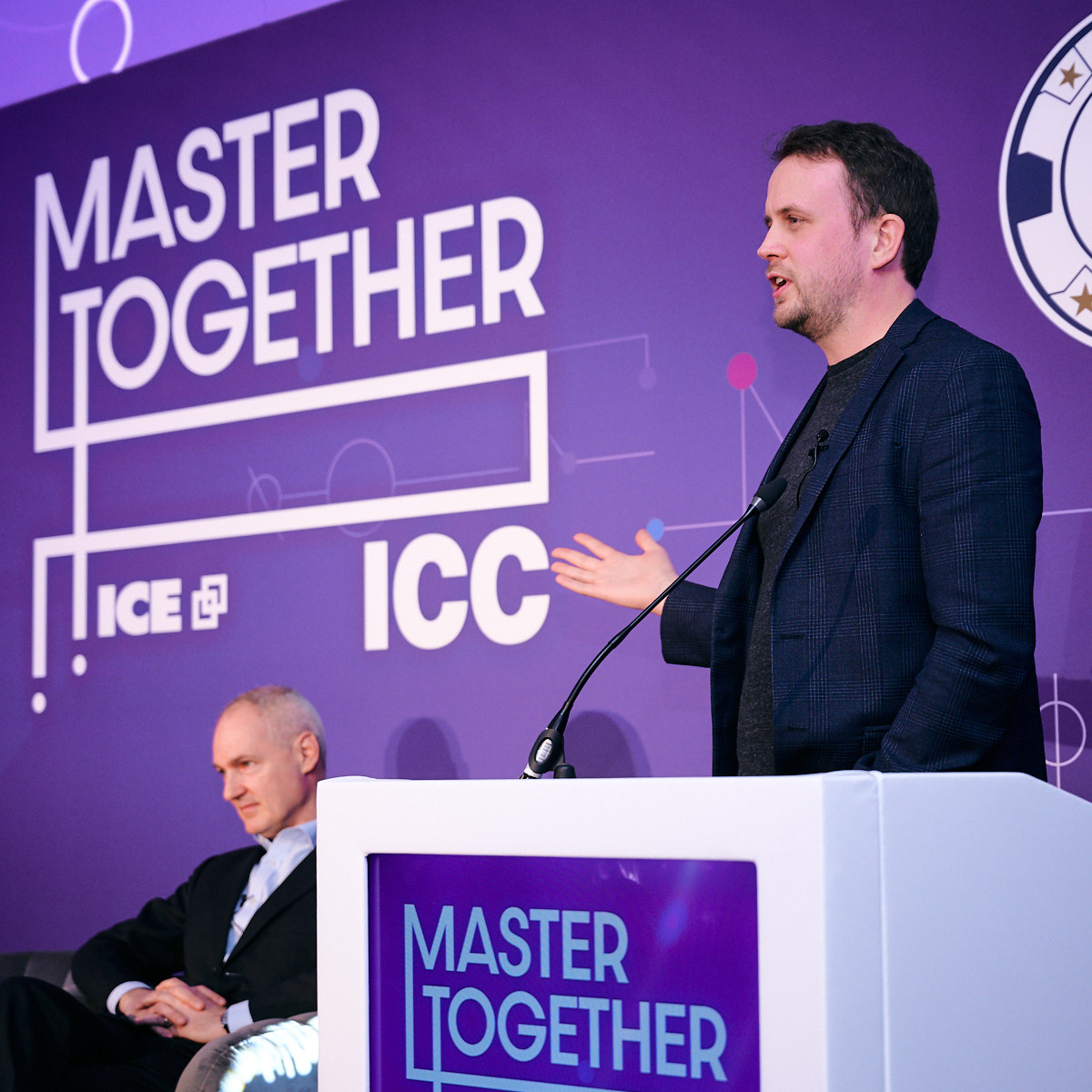Red lights and fast music encourage customers to place bets faster

How the human brain reaction to entertainment stimulus was discussed at the International Casino Conference on the opening day of ICE Vox 2023.
Patrick Fagan, Chief Scientific Officer and Dan Thwaites, Chief Strategy Officer of Capuchin Behavioural Science gave a presentation on how behavioural science could be used to create engaging customer experiences.
Thwaites said the session provided the opportunity to “dig under the bonnet a little bit,” giving ICE Vox delegates insights as to why people do what they do.
Patrick Fagan said society was moving away from accumulation of material positions and, instead, towards greater spending on experiences. He said that all human beings had limited conscious awareness and relied on mental shortcuts to cope with limited attention spans and to avoid decision-making fatigue. He added with 2,400 iGaming platforms in the UK alone, there were plenty of opportunities for distraction.
As well as warmer temperatures, Fagan said players would also place bets more quickly when they listened to fast-paced music. Colour was another factor which could influence behaviour with red lights found to be more stimulating than blue lights. A reason, he added, why so many fast food chains use red.
Fagan identified three elements which were important to the gaming industry in particular: co-creation, flashbulb moments and a social experience. He defined co-creation as “getting people to interact with the experience.” He explained: “When people generate something in their own head, they’re more likely to remember it. It sticks with their existing memory.”
“Flashbulb” memories related to memory recall: “We want to make the experience and entertainment as memorable as possible. And we do that by creating this kind of spiderweb of interconnecting notes in people’s brains,” he said.
“When somebody thinks about a fire truck, the parts of the brain that the fire trucks will activate and later that will ripple out to everything we want to do as entertainment experiences and create that memory network. It’s all about making experiences as well branded as possible with brand new assets, you can create these unique jingles or coloured slogans.”
Fagan said the third element was to create a social experience. “Research has shown that experiences enjoyed with other people are more memorable and more pleasurable and that’s because we really like to create our own identities and also group identities.”
But he also stressed there was no “one size fits all” solution. He used the example of people going out to eat after a work conference. He said some people needed the “social proof” of choosing a busy restaurant to eat in, while others would prefer to dine in a quieter, less busy.
He added that people could also show different personality traits in different social settings such as a cafe or a gym. There were also differences in terms of cultural and geographical boundaries and generational differences.
Fagan said data from sources such as Facebook could be used to predict behaviour, such as what they might wear or how they might behave in a particular scenario or setting. Using this information, he explained that data models could be created to predict the behaviour of different users within the population, such as how much money they are likely to spend.
